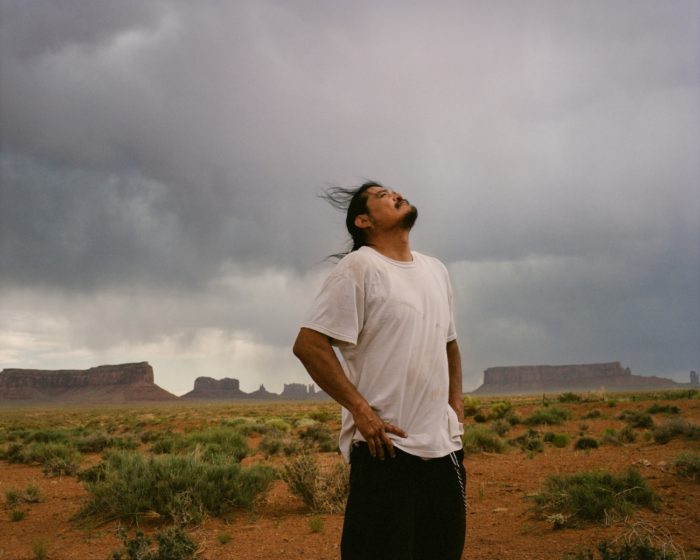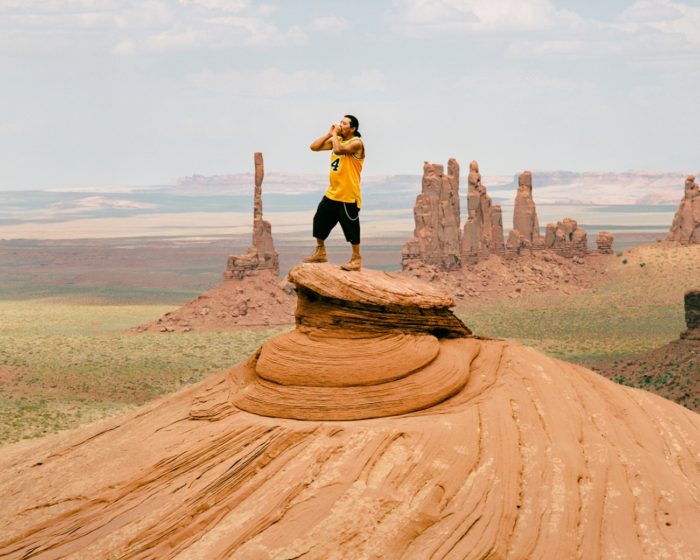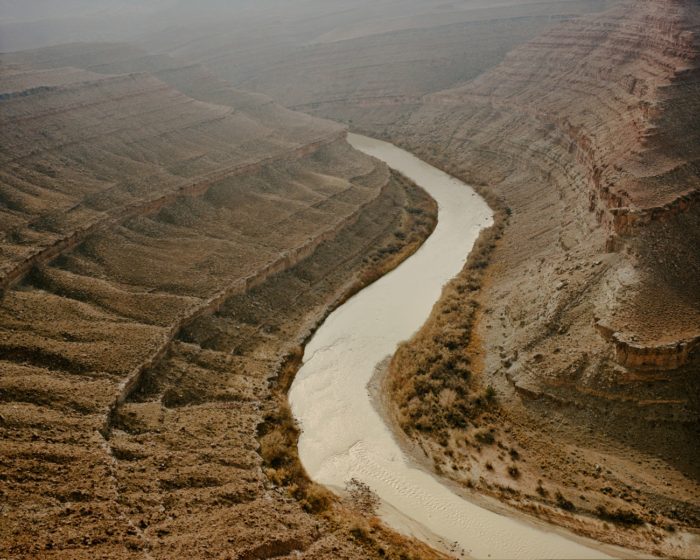
Water is life. Yet, in the Navajo Nation, where red-rock canyons stretch across the Four Corners, access to it remains a daily struggle. More than one in three Diné must haul water to their homes, using less than anyone in the U.S. while paying the highest price. Just 80 miles away, Washington County, Utah, thrives on the same water supply, with golf courses, swimming pools, and one of the country’s fastest-growing metro areas.

This stark contrast is not just about geography—it reflects decades of policy decisions, power imbalances, and Indigenous dispossession. A megadrought, the worst in 1,200 years, is forcing a long-overdue reckoning. As the Colorado River declines, a new federal plan aims to address water access inequities, yet skepticism runs deep among tribal communities that have long faced broken promises.

This exhibition captures the human impact of water scarcity and inequality in the American West. Moving between the landscapes of the Navajo Nation and Washington County, these images reveal a fragile water system divided by privilege.
As the world faces mounting climate challenges, they serve as a reminder: water is not just a resource—it is a right.
Location:
INFO
Location: Museo del Paesaggio |
Via Chianti, 61 – Castelnuovo Berardenga (SI)
Period: September 27th – November 30th
Opening Time:
Friday: 03:00 pm-07:00 pm
Sat-Sun: 10am-07:00pm
Holidays: 10am-07:00pm
TICKET VALID FOR VISITING ALL THE EXHIBITIONS

Photographer Biography: For the past decade, Elliot Ross has dedicated his photographic practice to exploring the American West, using the region as a lens through which to examine the ways landscapes—both natural and constructed—shape communities and cultural identities. Working primarily with medium and large format analog cameras, his long-term projects investigate themes such as the impact of geopolitical borders on identity, the urban-rural divide, and humanity’s relationship with natural resources.
Ross’ bodies of work, including American Backyard and Good Grace, evolve over years and are rooted in deep, collaborative relationships with his subjects, built on trust and openness. His personal background—being of mixed Taiwanese-Anglo-American descent—deeply informs his approach, as he grapples with questions of belonging and identity. Through photography, he seeks to explore and sometimes challenge the connections between people, place, and history, fostering empathy and bridging gaps in understanding. At a time of growing societal polarization and environmental crisis, Ross’ work aims to create a sense of convergence and dialogue, encouraging a more profound engagement with the complexities of the world we inhabit.


